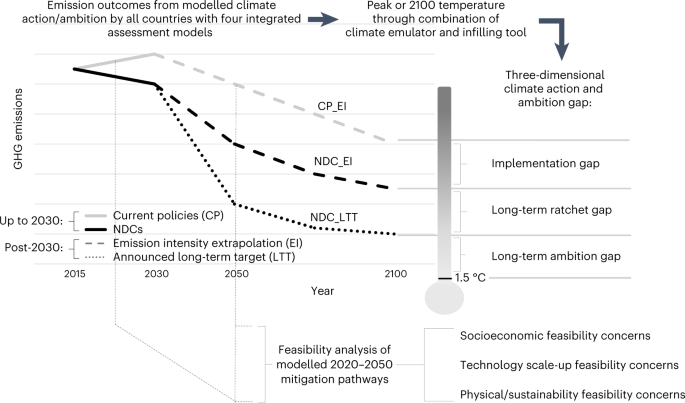2023-06-21 カナダ・ブリティッシュコロンビア大学(UBC)
◆この研究によれば、雨水が道路から流れ込む際に汚染物質を吸収し、洪水を軽減する「レインガーデン」が効果的であり、サーモンの生息する水路に直接流入する化学物質を90%以上防ぐことができると予測されます。バンクーバー市は、この研究を活用してさらに多くの「グリーンインフラ」を整備し、サーモンを保護する取り組みを進める予定です。
<関連情報>
- https://news.ubc.ca/2023/06/21/rain-gardens-could-save-salmon-from-toxic-tire-chemicals/
- https://pubs.acs.org/doi/10.1021/acs.estlett.3c00203
バイオリテンションセルは、流入水への6PPD-キノン質量負荷を10倍減少させる: フィールド実験とモデリングによる証拠 Bioretention Cells Provide a 10-Fold Reduction in 6PPD-Quinone Mass Loadings to Receiving Waters: Evidence from a Field Experiment and Modeling
Timothy F. M. Rodgers, Yanru Wang, Cassandra Humes, Matthew Jeronimo, Cassandra Johannessen, Sylvie Spraakman, Amanda Giang, and Rachel C. Scholes
Environmental Science & Technology Letters Published:June 16, 2023
DOI:https://doi.org/10.1021/acs.estlett.3c00203

Abstract
Road runoff to streams and rivers exposes aquatic organisms to complex mixtures of chemical contaminants. In particular, the tire-derived chemical 6PPD-quinone (N-(1,3-dimethylbutyl)-N′-phenyl-p-phenylenediamine-quinone) is acutely toxic to several species of salmonids, which are critical to fisheries, ecosystems, and Indigenous cultures. We therefore urgently require interventions that can reduce loadings of 6PPD-quinone to salmonid habitats. Herein, we conducted a spike and recovery experiment on a full-scale, mature bioretention cell to assess the efficacy of stormwater green infrastructure technologies in reducing 6PPD-quinone loadings to receiving waters. We then interpreted and extended the results of our experiment using an improved version of the “Bioretention Blues” contaminant transport and fate model. Overall, our results showed that stormwater bioretention systems can effectively mitigate >∼90% of 6PPD-quinone loadings to streams under most “typical” storm conditions (i.e., < 2-year return period). We therefore recommend that stormwater managers and other environmental stewards redirect stormwater away from receiving waters and into engineered green infrastructure systems such as bioretention cells.



